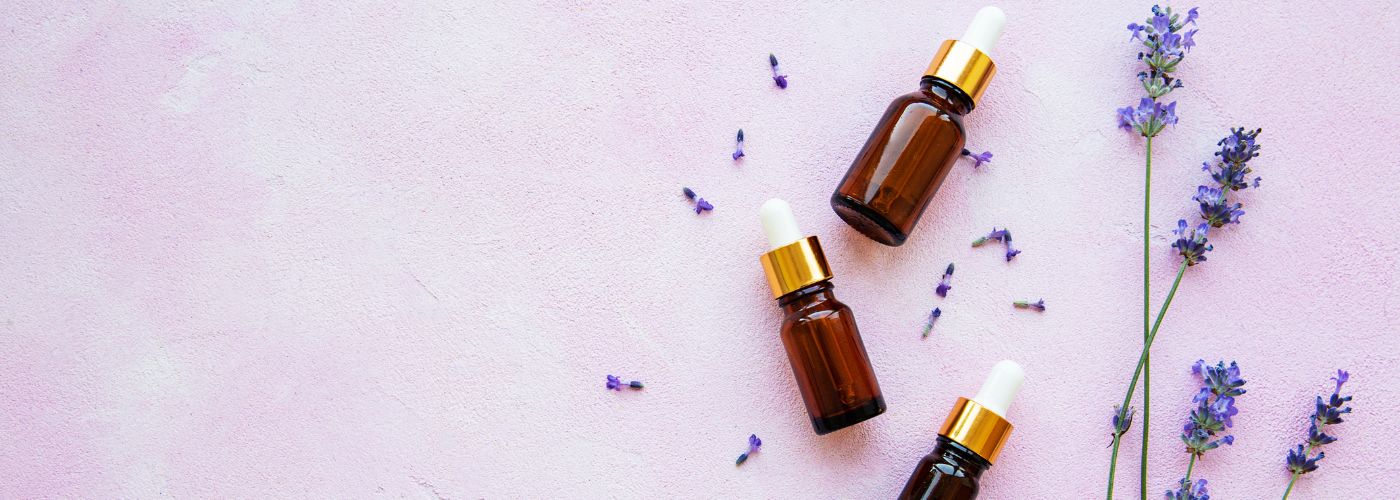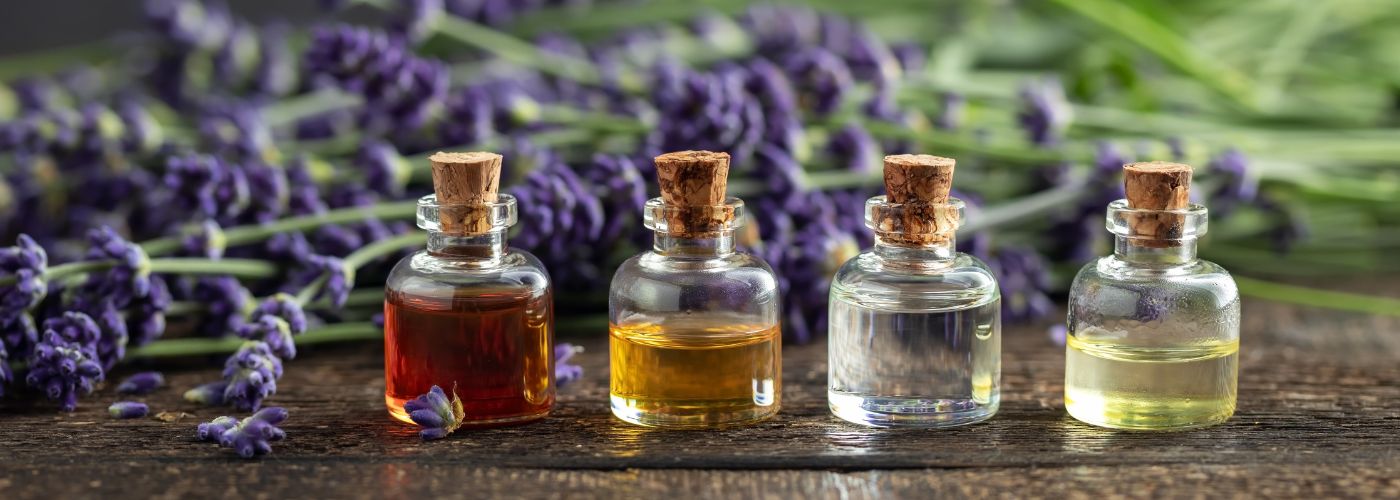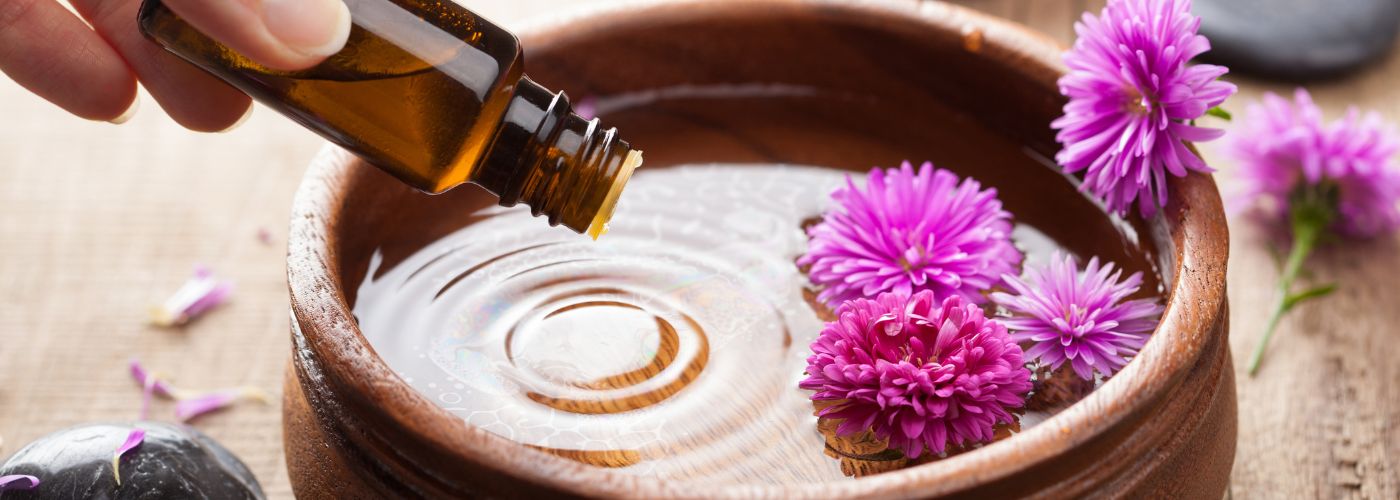Are you ready to explore the fragrant world of essential oil varieties? Whether you’re a seasoned enthusiast or just starting out, there’s always something new to learn about these aromatic wonders.
Come along as we explore the most popular essential oil scents, dive into the art of blending essential oils, discuss their safety for our furry friends, and answer the age-old question: can essential oils go bad?
Most Popular Essential Oil Scents

Essential oil varieties come in a delightful array of scents, each with its own unique properties and benefits. Here are some of the most popular and beloved options:
Lavender: Often hailed as the “king of essential oils,” lavender boasts a calming, soothing aroma. It’s perfect for relaxation, stress relief, and promoting a good night’s sleep.
Peppermint: Invigorating and refreshing, peppermint oil can help clear your mind and alleviate headaches. It’s also a great choice for relieving muscle tension.
Lemon: With its bright and citrusy scent, lemon oil is a mood booster. It’s excellent for cleaning and creating a fresh atmosphere in your home.
Eucalyptus: Known for its crisp, clean aroma, eucalyptus oil is a go-to for respiratory support. It can help you breathe easier when you’re congested.
Tea Tree: Tea tree oil has powerful antimicrobial properties, making it a must-have for skincare and cleaning purposes. Its scent is fresh and slightly medicinal.
Frankincense: This ancient oil has a rich, woody aroma. Frankincense is often used for meditation and grounding, making it a staple in many spiritual practices.
Sweet Orange: Bursting with citrusy goodness, sweet orange oil is an instant mood lifter. It’s also a great addition to homemade cleaning products.
How To Blend Essential Oils
Now that you’ve got your essential oil varieties lined up, let’s talk about blending them to create your own signature scents or therapeutic blends. Here’s a simple step-by-step guide:
Gather Your Supplies: You’ll need your essential oils, a carrier oil (such as jojoba or coconut oil), and some glass bottles for storage.
Choose Your Oils: Decide which scents you want to blend and what purpose you’re working towards, whether that’s using essential oils for anxiety, energizing yourself, or simply creating a better environment in your home. Remember that essential oils have top, middle, and base notes. A balanced blend typically includes all three for depth and longevity.
Determine the Ratios: Start with a total of 10-15 drops of essential oil per ounce of carrier oil. Adjust the ratios based on your preferences and the strength of each oil. For example, you might use 4 drops of lavender (base note), 3 drops of peppermint (middle note), and 2 drops of lemon (top note) for a refreshing blend.
Mix Carefully: Combine the essential oils with the carrier oil in your glass bottle. Use a dropper to ensure precise measurements. Cap the bottle and shake gently to mix the oils.
Test and Adjust: Before using your blend on a large scale, do a patch test on a small area of your skin to make sure you don’t have any adverse reactions. If the scent isn’t quite right, you can always adjust the ratios.
Enjoy Your Blend: Your custom essential oil blend is ready to use! Whether you’re diffusing it, using it for massage, or adding it to your bath, savor the unique aroma and benefits of your creation.
What Essential Oils Are Safe For Dogs And Cats?
Many of us are pet lovers, and we want to make sure our furry friends are safe around our essential oil varieties whether we’re detoxing our homes or improving our wellbeing. While some essential oils can be harmful to dogs and cats, there are plenty that are safe to use. Here are a few pet-friendly options:
Lavender: This calming oil is often used in pet products to reduce stress and anxiety in dogs and cats. It’s generally considered safe when used in moderation.
Frankincense: Like lavender, frankincense can be used to promote relaxation in pets. Make sure to dilute it properly and use it sparingly.
Cedarwood: Cedarwood oil can help repel fleas and ticks naturally. It’s a safe option for pets, but always dilute it and use it with caution.
Chamomile: Chamomile oil is gentle and soothing, making it suitable for pets with skin irritations. Again, dilution is key.
Cardamom: Cardamom oil can aid in digestion and alleviate nausea in pets. It’s safe when diluted and used in small amounts.
Remember that each pet is unique, so it’s crucial to consult with your veterinarian before introducing essential oils into your pet’s routine. Also, never apply essential oils directly to your pet’s skin without proper dilution.
Can Essential Oils Go Bad?
Essential oils are like fine wines; they can change with time but rarely go truly “bad.” However, their shelf life can vary depending on factors like storage conditions and the type of oil. Here are some tips to ensure your essential oils stay in good condition:
Store Properly: Essential oils are sensitive to heat, light, and air. Keep them in dark glass bottles in a cool, dark place.
Check for Spoilage: Over time, essential oils may oxidize and lose their potency. If an oil smells rancid or has changed color significantly, it’s best to replace it.
Citrus Oils: Citrus oils, like lemon and orange, are more prone to oxidation due to their high limonene content. Consider storing them in the refrigerator to extend their shelf life.
Patch Test: If you’re unsure about the quality of an older essential oil, do a patch test on your skin to make sure it doesn’t cause any adverse reactions.
Exploring essential oil varieties is a delightful adventure into the world of aromatherapy and natural wellness. With the right knowledge and a dash of creativity, you can create custom blends, keep your pets safe, and ensure your essential oils remain fresh and potent for years to come. So, get started on your aromatic journey and enjoy the wonderful world of essential oils!



Latest from our blog
What’s Better Swarovski Crystals vs Diamonds?
Sparkling and mesmerizing, both Swarovski crystals and diamonds have captivated the hearts of jewelry enthusiasts
Jul
4 Essential Oil Diffuser Pendants For Everyday Styles
In a world where fashion meets function, the world of essential oil diffuser pendants has
Jun
Negative Ion Jewelry Maintenance
Negative ion jewelry has garnered attention for its alleged health benefits and calming properties. From
May
Negative Ion Minerals For Enthusiasts
In holistic wellness and alternative health practices, the fascination continues to captivate enthusiasts seeking natural
Apr